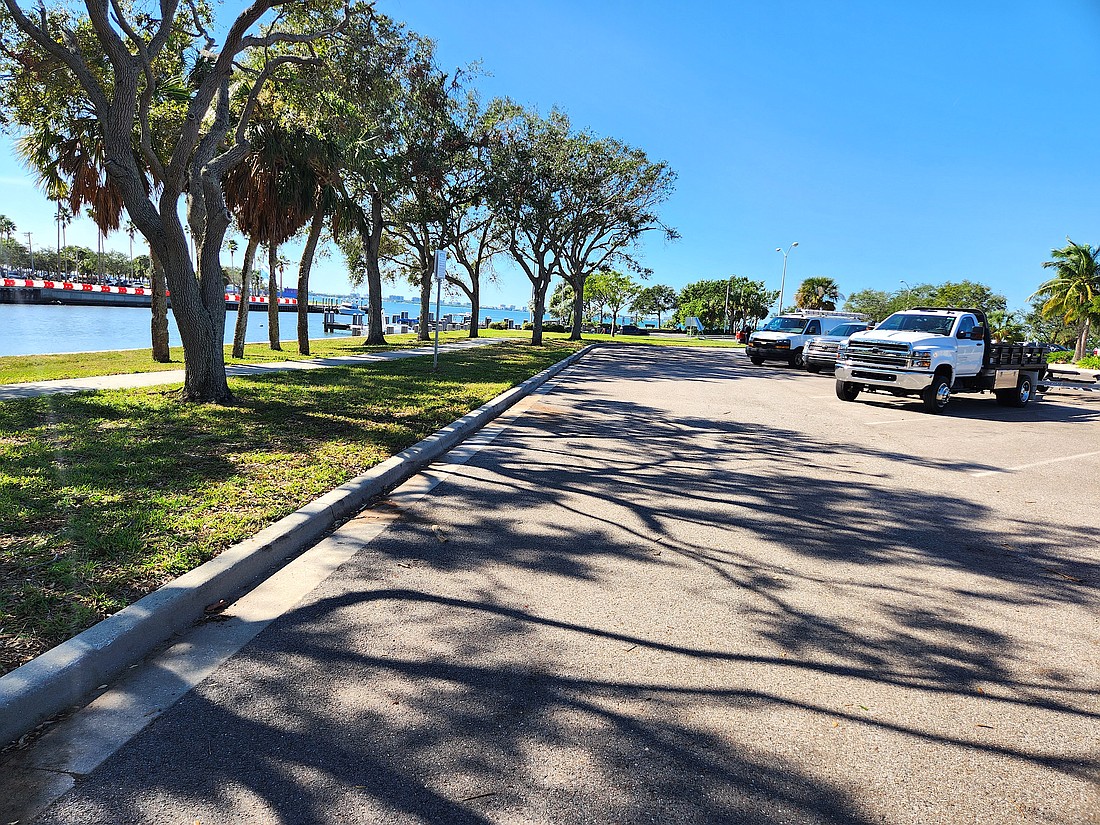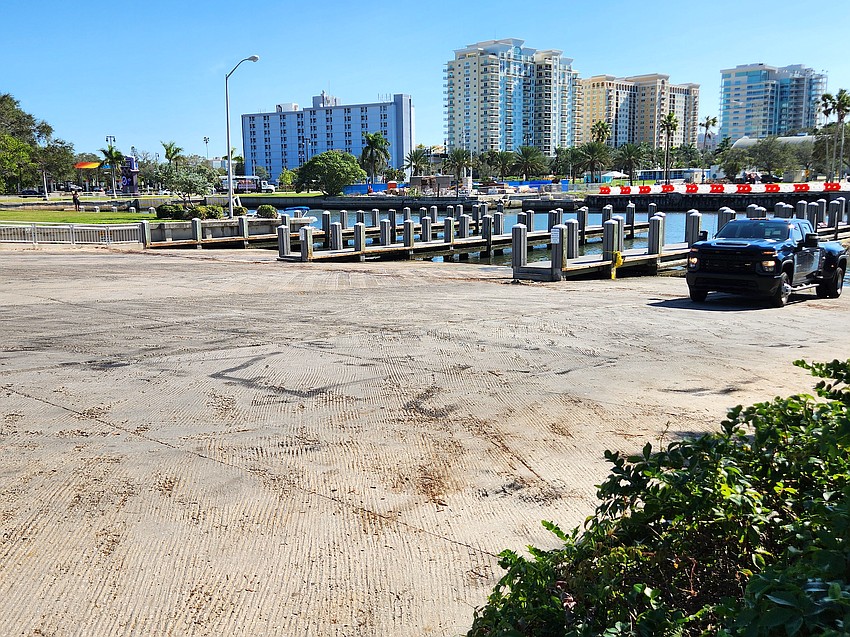- May 9, 2025
-
-
Loading

Loading

Planning for a portion of the second phase of The Bay has taken a step forward with the recomendation for approval to amend the Sarasota Comprehensive Plan future land use map on 8.83 acres that now serves as parking for the public boat launch at 10th Street and North Tamiami Trail.
A decision on whether to recommend the site’s inclusion in a proposed new zoning district along with the rest of The Bay — the Bay Park Zone — will have to wait at least another month.
On Nov. 18, the Sarasota Planning Board unanimously approved the future land use of the former site of a Florida Power & Light steam plant from Open Space-Recreation-Conservation to Metropolitan Regional #5, which allows uses consistent with the approved master plan for the 53-acre, $150 million park along Sarasota Bay.
The four Planning Board members in attendance were divided, though, over a proposal to create a the new zoning district that would incorporate the remaining 43 acres of The Bay outside of the recently opened first phase. Representatives of the Bay Park Conservancy said a new BPZ designation would streamline future development processes, providing they remain consistent with the approved master plan.
In the absence of Chairman Terrill Salem, the tie vote means the matter will return to the Planning Board at its Dec. 14 meeting for reconsideration of a recommendation to send to the City Commission. Vice Chairman Daniel Clermont and Michael Halflants supported the measure with Damien Blumetti and Kathy Kelley Ohlrich opposed.
Blumetti and Ohlrich argued that a new designated zoning district would at the very least lend the appearance of removing the public from providing input on future phases of The Bay. Bay Park Conservancy CEO Bill Waddill countered that unless there are proposed changes to the master plan — the creation of which included 340 public meetings attended by 11,300 people — while there will still be workshops going forward, the public process is complete. A proposed change in the master plan, such as adding large buildings, would trigger the usual public involvement process via City Commission and/or the Planning Board.
Waddill told Planning Board members the proposed BPZ is in response to an expressed desire to build more park faster and cheaper.
“In January this year, we received our second amendment to our long-range partnership with the city. Many of those discussions revolved around how can we build more park for our community sooner that costs less,” Waddill said. “When we’re in this year of 5-10% inflation, on a $30 million park if it takes two less years that’s millions less of taxpayer dollars it costs.”

Development and ongoing operations of the park are a public-private venture with costs roughly divided equally between the city and the private sector. The city's portion is funded by a portion of the penny sales tax and tax increment financing in the downtown bayfront core.
“The city commission and the staff asked us what would be true for you to build more park like in Phase 1 more quickly,” Waddill said. "That’s what this is all about, so we don’t have to come back to the City Commission for a waiver to put a 32-inch trash can to replace a rusty 30-inch trash can along the waterfront, which we literally had to do this year.”
Although he supported the proposed new zoning district, Clermont echoed the concerns expressed by Ohlrich and Blumetti.
“The Bay is seen as a very positive thing, but the other thing I see looming down the road is you’re going to have to have a lot of public buy-in when you get to this performing arts center,” Clermont said. “If all of the sudden parameters change and it appears the project is going behind closed doors … what I’m afraid of is, as a matter of public policy, it may be a bad political move.”
Waddill clarified that the effort to build a new performing arts center is a collaborate initiative of the city and the Van Wezel Foundation, and that the Bay Park Conservancy has no involvement in that matter.
“That’s a completely separate initiative,” he said. “We have no say in the performing arts center. We simply create the park that sits around it.”
Waddill’s arguments fell short of convincing enough members to prevent a month’s delay in the Planning Board’s recommendation to City Commission. Assistant City Attorney Michael Connolly explained any action the board takes is only the first of several steps in the process to create the new zoning district.